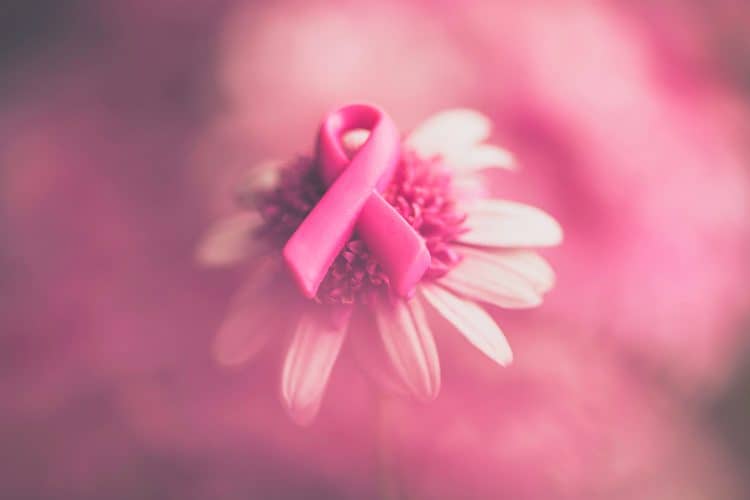“An ounce of prevention is worth a pound of cure.”
About 1 in 8 women will be diagnosed with breast cancer during their lifetime but there is a good chance of recovery if detected early. Screening tests can spot the illness even before you have symptoms. However, all women should be breast aware and keep a look out for any symptoms.
Some Warning Signs:
- Lump or area of thickened breast tissue
- Change in size or shape of one or both breasts.
- Blood streaked nipple discharge or discharge coming out of nipple even without squeezing it.
- Dimpling on the skin of the breast (like peel of orange)
- Change in appearance of the nipple, appearing sunken into the breast.
- Swelling in armpit or collarbone.

Self Examination
- Self-examination of breasts should start from age 20 and a doctor should also examine your breasts every three years. Normally, female surgeons are specialized in breast treatment and examinations.
- There is no special technique for self-examination. You don’t need any training to check your breasts.
- Check the entire breast area including upper chest and armpits. Look for painless lumps, changes in skin texture, size and shape of breasts and nipple discharge.
Having one or any of these symptoms doesn’t necessarily mean you have breast cancer but it’s important to get checked if you’re worried.
How Often Should You Self Examine
- Examine yourself regularly. This could be every month or every couple of months.
- You can check while you are in shower or before bed.
When you familiarize yourself with your breasts you may notice changes at different times of the month since breasts are tender and lumpy around the time of periods.

Mammography
Mammograms are like a special x-ray of your breasts. They are used to detect any growth in the breasts even before it can be felt in an examination. There is some disagreement among breast cancer experts regarding when you should have your first mammogram. Women aged 40 to 44 can opt to start having annual mammograms if they chose. However, women aged 45 to 54 should have mammograms each year. If you are above 55 years old, you should continue having mammograms after every 1-2 years.
How To Prepare For Mammogram
You can book yourself for a mammogram in the Radiology department of any clinic or hospital. You need to have a few things in your mind before a mammogram though.
- Inform your doctor or the technologist performing test if you are pregnant or think that you may be pregnant.
- You do not need to make any dietary changes.
- Do not wear body powder, creams, deodorants or lotion on your chest on the day of the test.
- At the time of mammogram, you will be asked to remove clothing above your waist and wear a hospital gown.
- You will have to remove all your jewellery.

What Happens After A Mammogram
You may experience a mild aching as a result of compression in your breast area. You can take a painkiller to relieve discomfort but generally, you should be able to resume your usual activities immediately.
Follow Up
If your mammogram is normal you will have to get next mammogram after one year. This is applicable to anyone from the ages of 45 to 54 years old. If you are 55 years old or older, you should get your next mammogram after 2 or 3 years. If your mammogram shows benign lesions you’ll have to follow up every 6 months or 1 year. If the mammogram shows abnormal suspicious growth then your doctor will advise you to do a needle biopsy or an MRM (magnetic resonance mammogram – an MRI of the breasts).

“I do not feel any less of a woman. I feel empowered that I made a strong choice that in no way diminishes my feminity.” – Angelina Jolie (actress, filmmaker and humanitarian) after undergoing a preventive bilateral mastectomy in 2013 at age of 37 years after learning she had 87 % risk of developing breast cancer due to defective BRCA gene. Her mother Micheline Bertrand had breast cancer and she died of ovarian cancer.
In conclusion, awareness is the key to cancel cancer! Let’s fight against this deadly disease by encouraging your friends, family members and yourselves to do a regular screening. Self-examination should start from 20 to 40 years of age. Get an annual mammogram from ages 45 to 54 years and a mammogram after every 2-3 years when you hit 54 years and older.










What do you think?
You must be logged in to post a comment.